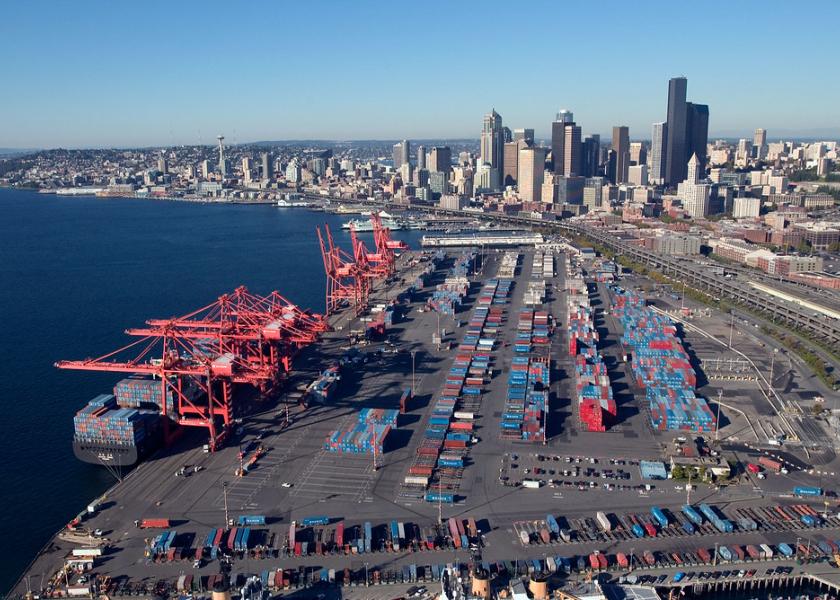Declining Business: West Coast Ports Losing Trade to Competing Coasts, USMEF Reports

Negotiations over a new West Coast port labor contract started just over a year ago, says a recent U.S. Meat Export Federation report. The previous contract has now been expired for more than 10 months.
While a backlog of ships may not be grabbing headlines compared to 2020, the labor uncertainty is impacting U.S. red meat exports, says Dan Halstrom, USMEF president and CEO.
“We have a lot of uncertainty around the West Coast, which is a vital launching point for a lot of our Asian shipments. The most important port being Oakland, but Long Beach and [Los Angeles] as well as Seattle and Tacoma are all important ports,” Halstrom explains.
A shutdown at the Long Beach-LA pork in mid-April, followed by further disruptions later in the month are a real concern, he adds.
Overall, the standstill is reducing the export capacity of the West Coast, the report notes.
“What's going on here is we're seeing a reduction in import volumes and we're seeing some of the discretionary cargo actually being diverted away from the West Coast to the Gulf ports and the East Coast,” Halstrom explains. “And this is not necessarily good news for the U.S. red meat industry.”
U.S. beef and pork cargo, especially chilled cargo, goes off the West Coast with much of the express service enroute for north Asia with the shortest transit time, Halstrom says. Keeping viable options and more options for service off the West Coast is crucial for our higher value, chilled cargo.
Through mid-April, man hours by West Coast longshoremen had dropped by 25% compared to last year, indicating the West Coast ports are losing business to other coasts, the report notes.
“It's bigger than just red meat, it's agriculture in general. We have a lot of key trading partners in the Asian region for a whole scope of commodities farm to fork. It is important of course for U.S. beef and pork, but agriculture in general,” Halstrom says.







